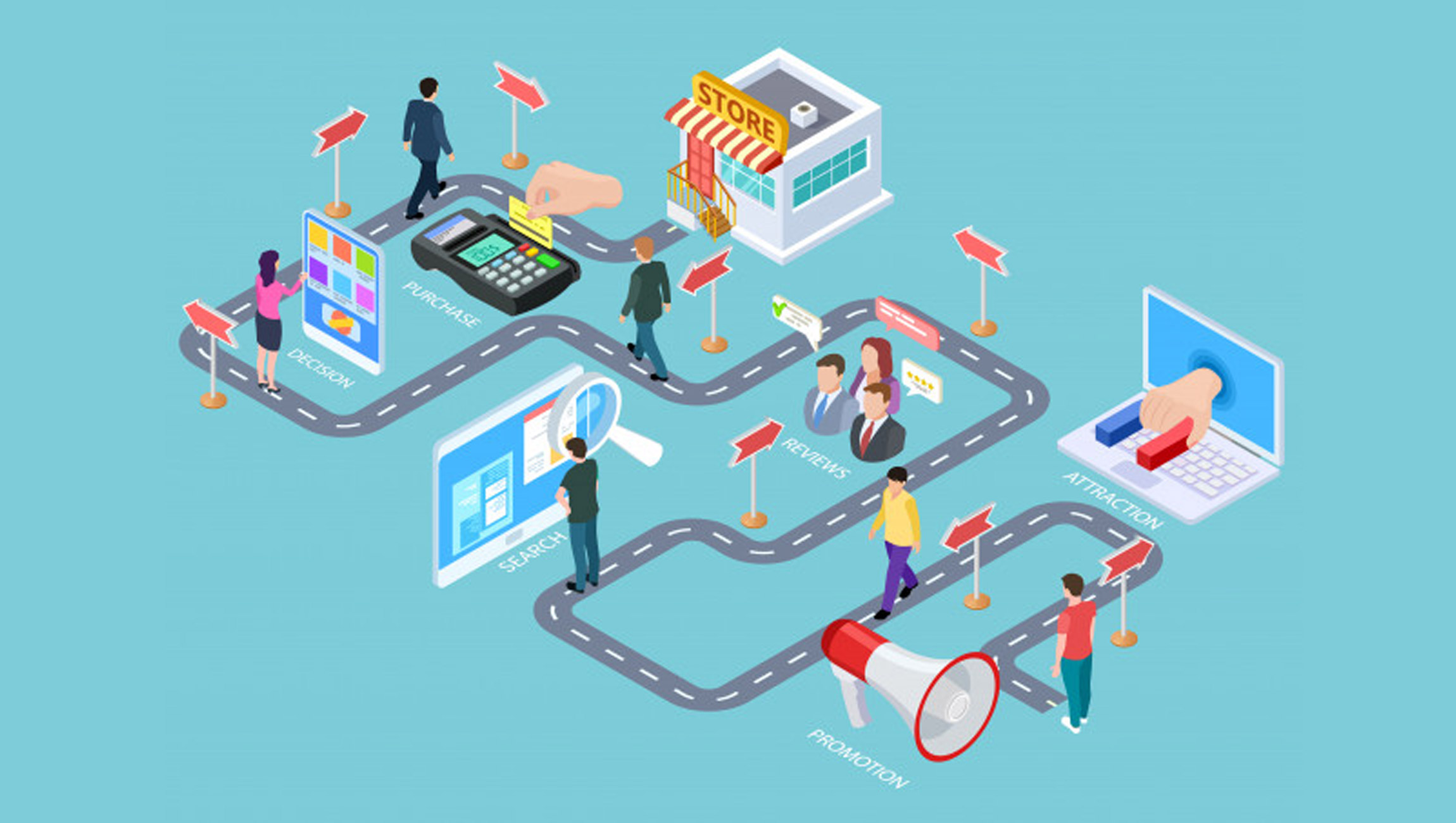What path should marketers take to build better experience-driven digital journeys? Here are a few best practices that can help take you through the fast lane to better customer engagement.
Some of the world’s fastest growing start-ups, leading technology companies as well as leading eCommerce brands have one thing in common – the ability to experiment with and change the way customers interact and transact with them, all with the aim of delivering them better customer journeys.
Take for example a global leader like Uber, who owns none of the taxis or ride share vehicles they run. But over the years, the ability to build a seamless digital-only application that creates a safe, reliable, quick booking experience that caters to customer mobility needs in time is what has given them quick success.
Today’s leading brands don’t just sell products, they build communities of returning customers, they work towards strengthening their overall buying and selling experience to deliver more value to their customers.
In today’s digital-first customer buying environment, marketers and sales leaders have the power to easily measure each aspect of their interaction with the customer. This helps brands collate more data and behavioral insights on what customers could want or need to allow them to adjust their plans accordingly.
But this is not the only factor that can contribute towards a cohesive customer journey.
Marketing Technology News: MarTech Interview with Tyler Lessard, VP Marketing at Vidyard
A Few Best Practices that can help Build an Experience-Driven Customer Journey
Segmenting your Audience, to Offer Better Personalization
Customizable martech platforms allow marketers to analyse disparate data from multiple online sources in one place. This is a gold mine of knowledge for marketers today, because they can use these behaviors to understand their audience better and especially to create subsets of customers based on similar profiles and demographics.
For marketers who have access to ‘’too-much-data’’ in a data-driven economy, what matters most is segmenting their audience based on similar characteristics and buying traits, to be able to build differentiated marketing prompts and campaigns for each.
This is where data management platforms can come into play, to explore the different variables in customer and audience characteristics and parse groupings of customers.
Using the right data to segment audiences can help marketers craft stories and experiences suited to their specific segment-wise traits to create more impact.
Mapping experiences to each audience segment based on their different attributes also allows marketers to understand which group is resonating more with the brand and why, while also giving insights into what needs improvement for other audience segments.
Using Public and Private Data Sources
To understand the market vibe and audience better, marketers need to tap into the clues customers leave about themselves online. A combination of tools that help marketing teams collect and breakdown first-party, second-party and third-party data is more crucial today.
First-party data is information a brand collects about customers directly. Using data from websites and other company owned channels (social media, email, etc) and teaming this with the data integrated and collected by the CRM/ERP or other marketing solution gives marketers access to details like recent purchases, recent interactions with the brand and even falling engagement analysis.
Second-party data is usually exchanged between partners and can fill in a few more gaps from a marketer’s first-party data and insights. Leading marketers often use third-party data to have an understanding of their customer’s purchases through vendors or other websites and to complement their first-party and second-party data.
Zero-party data is also gaining it’s prominence in today’s hybrid marketing and sales environment. Only data can serve to be the backbone to help drive any personalization or customer interaction with relevance in a digital-first economy after all.
Marketing Technology News: MarTech Interview with Dinesh Arora, CTO at CareerBuilder
Tapping Data to Build New Potential Customer Segments
Marketers who drive processes and campaigns with data-backed information already know their audience and how they relate to their brand.
Leading marketers don’t stop here. They use this information and third-party information to tap into markets that could have pre-existing audiences that fit the ideal customer profile. Knowing where to build customer experiences and understanding what could be the next-best and most profitable channel and market is what separates the most successful brands.
Building Strong Personalization and Omnichannel Experiences at Scale
It’s already been established over the years, personalization is now the key to experience-driven customer journeys. Customers want brands to understand them.
According to data cited in an earlier Adobe Blog article, 63 percent of consumers want personalised recommendations.
Yet there is a still a gap in how brands tailor their experiences to suit customer preferences. While personalizing at scale, some of the common mistakes that marketers still make is personalizing marketing messaging for groups but not looking at groups as individual customers.
One part of driving a value-add experience in your customer journey lies in not only fixing the lags in personalization tactics but also building into this experience on channels where they count the most.
While marketers are faced with the task of running different campaigns across multiple online channels, to a customer, all these channels represent one brand and this is what marketers need to keep in mind building customer journeys.
Multiple channels does not mean that customers of today can be delivered disjointed experiences. It means that marketers need to build a single journey mindset on channels where customers are most active.
While doing this, there’s more for marketers to consider today, multiple channels also bleed into multiple devices. Customers are everywhere in short, marketers have to now use their data and technology to build fitting experiences across all these elements with unified yet personalized messaging.
Wrapping Up
Building experience-driven customer journeys involves a proper linking of technology and data and different teams. Marketing leaders have to add value here by knowing how to assess their data and customer behavior for deeper impact.
Customer journeys can now take on new models, as the digital-first environment grows, interactive, immersive experiences will become the need of the hour.
But to get set for a better future impact and for changing needs of customers, the right platforms, analytics and processes have to be put in place to create a better foundation for an experience-driven customer journey.
Marketing Technology News: MarTech Interview with Wendy Gonzalez, CEO at Sama











